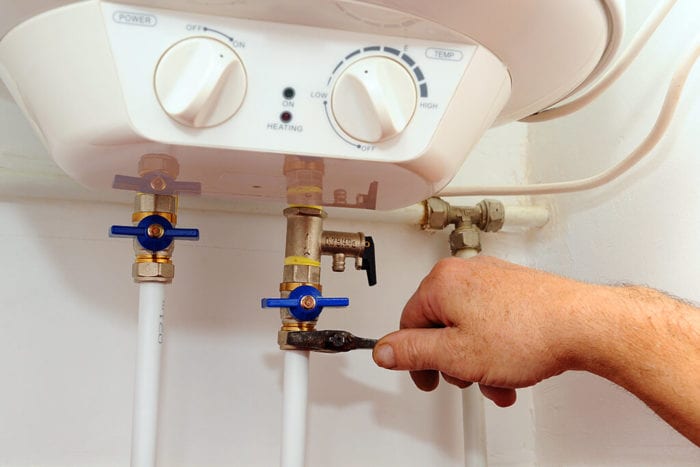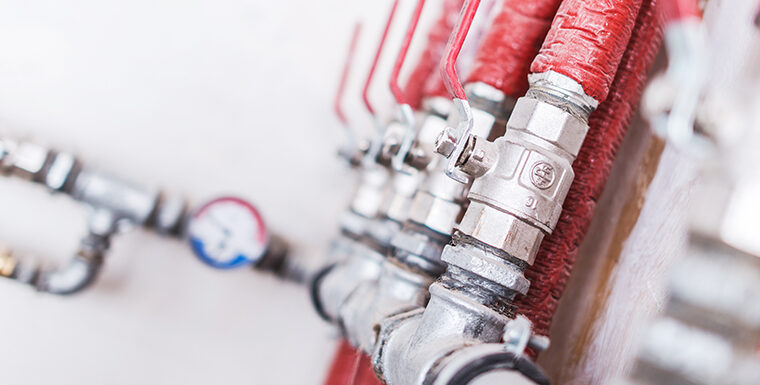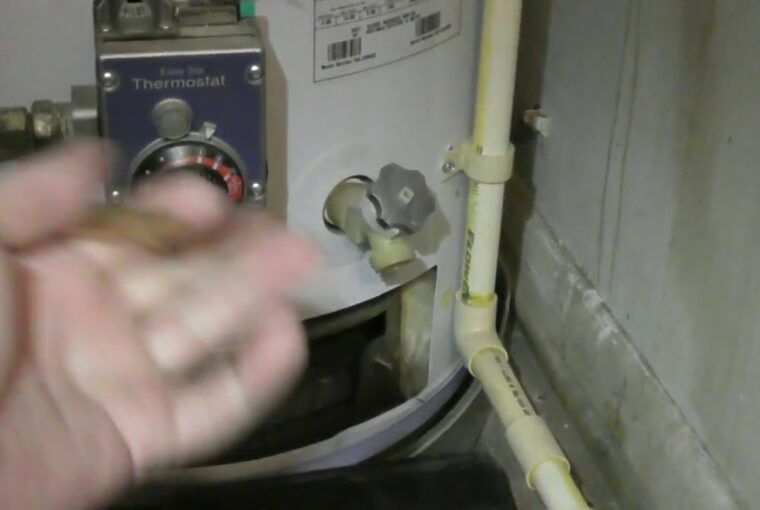Replacing the water heater drain valve yourself is not as disastrous a job as you probably think. You can perform the job without emptying your water heater if you possess a blocked drain valve.
Water heater drain valve replacement is an easy means to upgrade your hot water tank and save your household from water destruction. We will tell you what a drain valve is, what to search for when purchasing a replacement valve, and how to replace your old water heater drain valve appropriately.
What is a Drain Valve In Water Heater
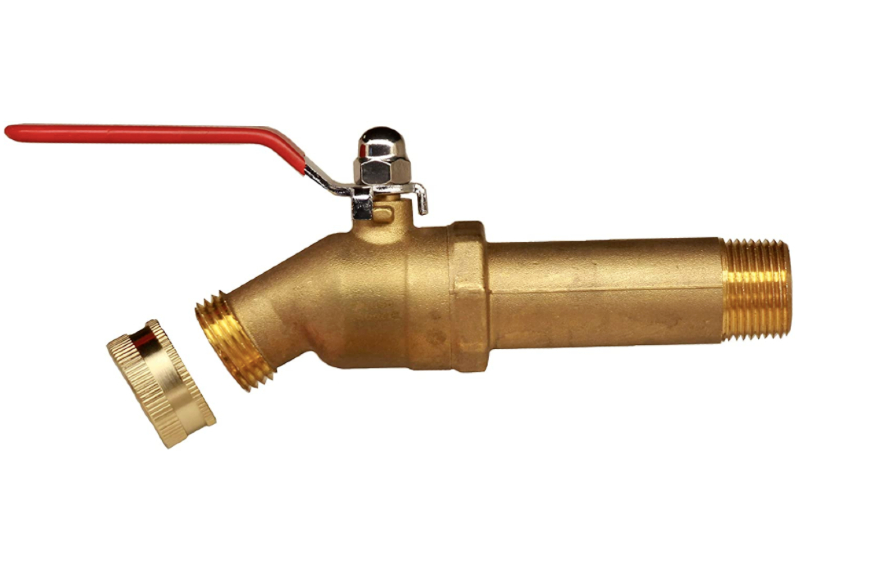
A water heater drain valve is a compact valve fixed at the rear of the heater built to drain water from the heater’s tank for rinsing and upkeep purposes.
It is fixed on both electric and gas models; it has two strung ends (standard size of ¾”), one to tighten it into the heater and the second to connect the garden hose (for draining). The valves can be with the handgrip hold or screw head to free or tight.
Choosing the Right Drain Valve Replacement
There are three significant kinds of drain valves designed for gas and electric water heaters, namely: plastic, composite, and brass.
As noted above, there are built-in plastic valves in most water heaters, however, by using brass/composite valves alternatives you can always replace them.
- Plastic valves are inexpensive but not relatively as durable as the two alternatives. Since they are prone to damage easily, the valves are more probable to seep.
- Composite (glass-filled nylon) valves do not weaken the unit anode as brass valves do. They are also moderately cost-effective.
- Brass valves continue to be a promising choice for water heaters. Not only are they popular for reliability, but they can also resist the increased temperatures glimpsed in high-temperature facilities.
Hot Water Heater Drain Valve Replacement Steps
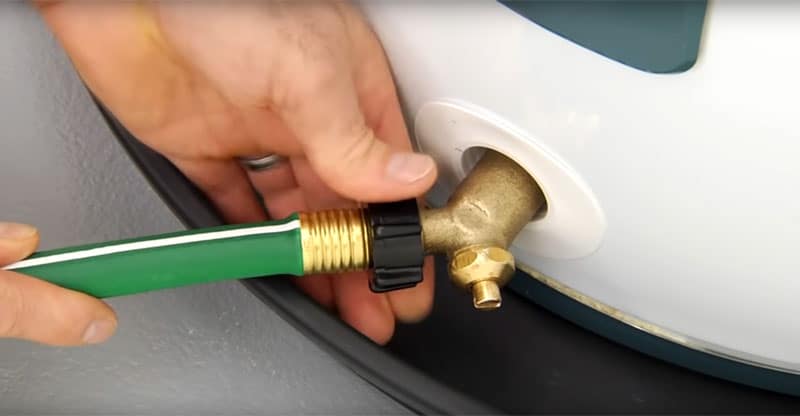
Renewing a drain valve on electric and gas heaters is very simple, and it doesn’t need any specific equipment or mastery. It is essential to keep the water inside the tank chilled out. To restore the portion, you can either wholly or partly deplete the water from the tank. The purpose for renewing the valve might be seeping, blocked, or wrecked.
- Turn off the power at the circuit breaker in the electric heater. If you have had a heater, turn the gas valve to the pilot.
- Shut off the main water supply valve placed close to the heater.
- Ensure that you close all the faucets in the house, as the vacuum built inside the tank will stop water from running out and resulting in damage.
- Ready the new drain valve by applying the pipe sealer or pipe sealer to the valve cords. If the water heater is with a plastic valve, replace it with a ball or brass valve.
- Keep the bucket under the valve for the collection of the existing water.
- With the help of large groove-joint pliers and an adjustable wrench, unscrew the old water heater drain valve.
- Due to the pressure that builds up inside the tank, you may have a wave of water when you eliminate the old valve.
- Hence, rapidly induct the new valve and turn it in a clockwise direction so the heater will not lose plenty of water.
- Switch the power to the heater again, including the supply of gas. If the gas water heater possesses a pilot light, you may need to relight it following the guideline found on the sticker.
- Lastly, you need to check for leaks again.
When Do I Require To Replace the Water Heater Drain Valve?
If the valve does not enable good flow while flushing the tank or the valve is leaking itself. It’s the right time for the replacement of your water heater’s drain.
Therefore, a clogged valve with sediment and debris is an outcome of poor water quality. Also, it is a sign of the tank not getting flushed routinely. Most factories that install water heater drain valves design it so that you can not service it quickly. Also, you should replace the whole valve.
Moreover, a leaking drain valve is a reason for replacement. A plastic-made drain valve can become weak over time. Damaging plastic can break and result in a leak. Worn gaskets and marks on the inner side of drain valves can also fail. It results in drips and dribbles coming out of your hot water tank.
The Bottom Line
The most reliable repair you can have to fix leaking the leak valve is to replace it. Though, you can attempt to tighten your old drain valve a little to stop the leak. Also, you need to be careful not to overtighten the drain valve. It might worsen the leak or run the danger of breaking off a plastic valve, whoops!
Being apt to drain your water heater for repairs or do regular maintenance is essential. It will ensure that your hot water tank is heating efficiently and stays in proper working order for the future.
You need to flush your water heater daily. It will make the new drain run smoothly. Also, it will prohibit future drain valve clogging. Now you can again enjoy your water heater.

